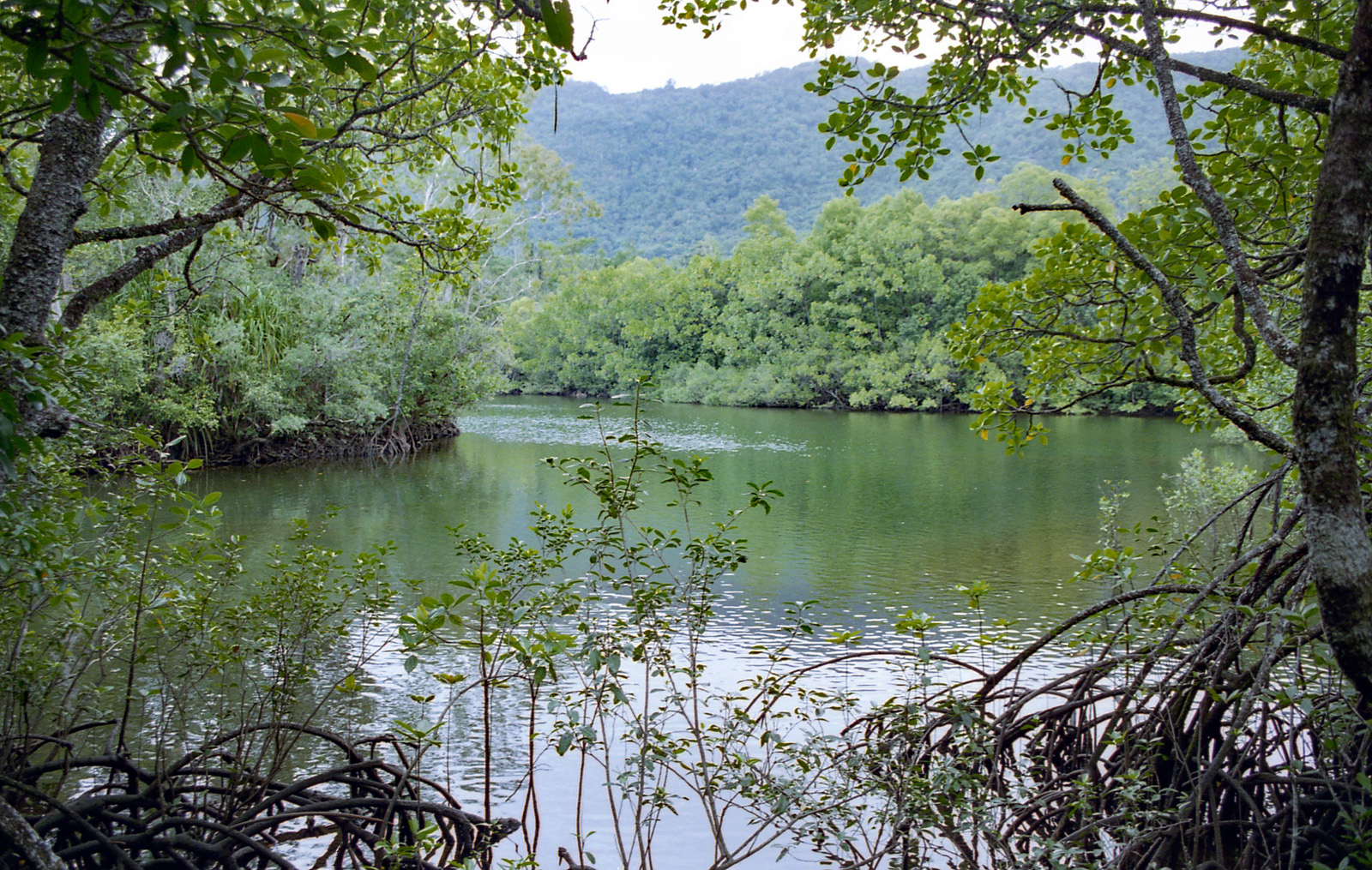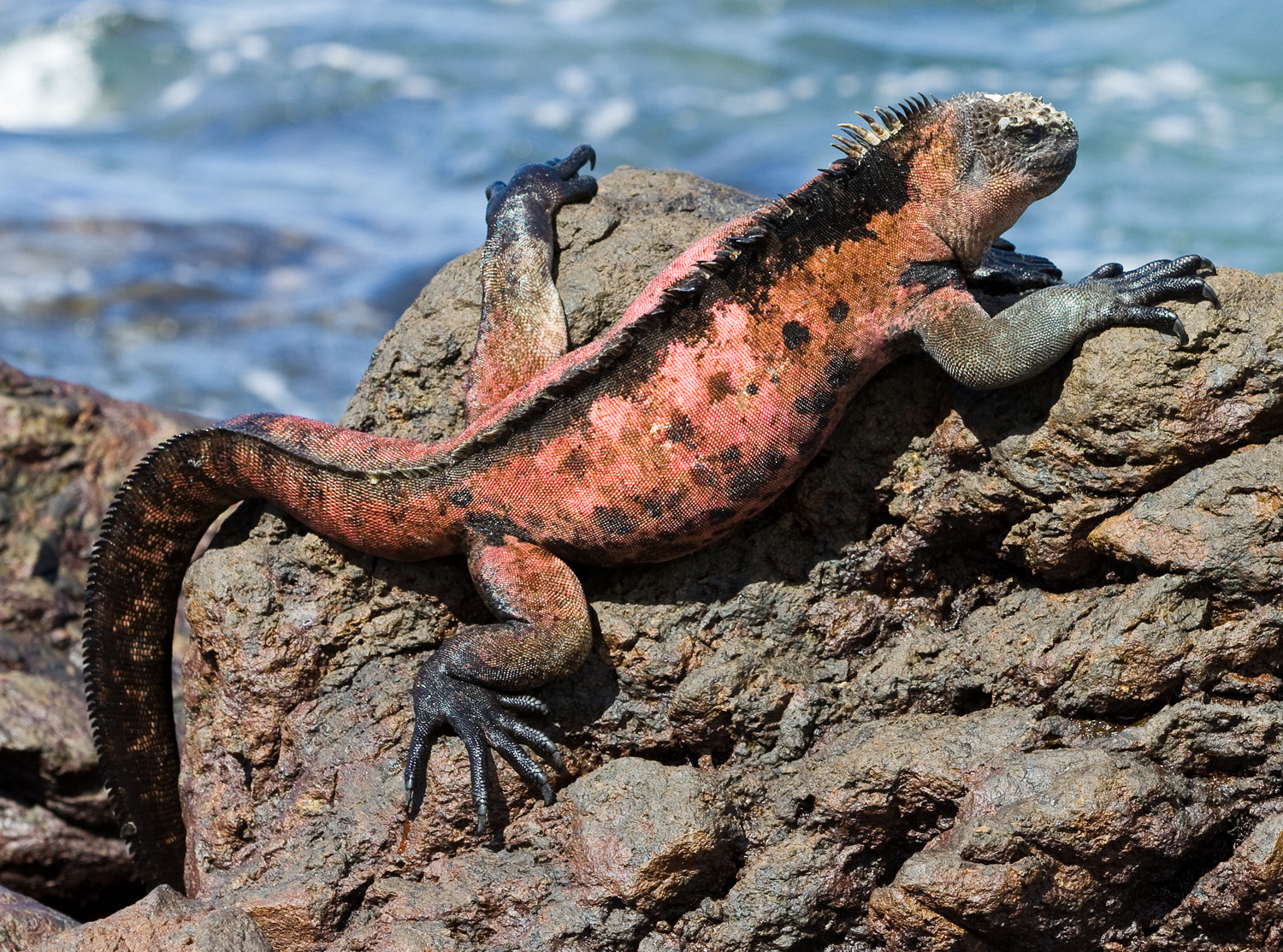 A happy New Year for 2024. Let’s hope that the coming year brings some good news amidst all the the gloom of war, squeezed living standards, the effects of climate change and the rise of authoritarian regimes.
A happy New Year for 2024. Let’s hope that the coming year brings some good news amidst all the the gloom of war, squeezed living standards, the effects of climate change and the rise of authoritarian regimes.
One piece of good news is the growth in environmental debt swaps in developing countries. These are known as debt-for-nature swaps (or debt-for-environment swaps or green debt swaps). As Case Study 26.16 in Economics (11th edition) and Case Study 15.19 in Essentials of Economics (9th edition) explain:
A debt-for-nature swap is where debts are cancelled in return for investment in environmental projects, including protecting biodiversity, reducing carbon emissions and mitigating the effect of climate change. There are two types of scheme: bilateral and commercial.
In a bilateral swap, a creditor country agrees to cancel debt in return for the debtor country investing a proportion of the amount in environmental projects. In a commercial swap, the debt owed to banks is sold to an international environmental agency at a substantial discount (or sometimes even given away); the agency then agrees to cancel this debt in return for the country funding the agency to carry out various environmental projects.
The first debt-for-nature swap was made as far back as 1987, when environmental NGO, Conservation International, arranged for Bolivia to be forgiven $650 000 of its debt in exchange for the establishment of three conservation areas bordering the Beni Reserve (see either of the above case studies). In the 1990s and 2000s, debt-for nature swaps became popular with creditors and by 2010, the total debt cancelled through debt-for-nature swaps was just over $1 billion.
However, the popularity waned in the 2010s and with COVID, many developing countries were diverting resources from long-term sustainability and mitigating the effects of climate change to emergency healthcare and relief.
 More recently, debt-for-for nature swaps have become popular again.
More recently, debt-for-for nature swaps have become popular again.
In May 2023, Ecuador benefited from the biggest debt swap to that point. The agreement saw $1.6bn of its commercial debt refinanced at a discount in exchange for large-scale conservation in and around the Galápagos Islands. At least $12m per year of the money saved will be channelled into conservation in the archipelago, with its unique flora and fauna.
Such projects are set to increase, with potentially significant beneficial effects for biodiversity, climate and the environment generally. At the COP28 summit in December 2023, a task force was set up by a group of multilateral development banks to promote an increase in the size and number of debt-for-nature swaps.
According to the Organisation for Economic Co-operation and Development (OECD), developing economies will need an annual $2.4 trillion of investment in climate action in the coming years. So far, the market for debt-for-nature swaps is set to rise to around $800bn. If they are to make a significant contribution to tackling climate change and loss of biodiversity, they need to be scaled up massively, especially as the cost of servicing debt has risen with higher global interest rates.
Nevertheless, as part of a portfolio of measures to tackle debt, climate change, loss of biodiversity and damage to the environment more generally, they are making an important contribution – a contribution that is set to rise.
Video and Webinar
 Explainer: Debt-for-climate or nature swaps
Explainer: Debt-for-climate or nature swaps Commonwealth countries pioneer ocean-based debt-for-nature swaps
Commonwealth countries pioneer ocean-based debt-for-nature swaps
Devex, Adva Saldinger (30/11/23)
The Commonwealth (22/11/23)
Articles
- Debt-for-nature swaps: A viable alternative for vulnerable economies amid global challenges
- What if debt was written off to protect climate and nature?
- A new wave of debt swaps for climate or nature
- Climate finance: What are debt-for-nature swaps and how can they help countries?
- Are debt-for-nature swaps the way forward for conservation?
- Top development banks to launch debt-for-nature swap ‘task force’
Africa Focus: White & Case, Olga Fedosova and Max Turner (19/12/23)
BBC News, India Bourke (13/12/23)
United Nations Development Programme (2023)
World Economic Forum, Kate Whiting (23/6/23)
The Guardian, Patrick Greenfield (21/6/23)
Reuters, Marc Jones (30/11/23)
Questions
- Identify other types of debt swap and discuss their importance.
- Why are debt-for-nature debt swaps in the interests of debtor countries, creditors and the world generally?
- What is ‘green washing’? How may debt-for-nature swaps be assessed to prevent such green washing?
- Why are many developing countries’ debt burdens skyrocketing?
- Why may a developing country’s solution to its growing debt be detrimental to the environment?
- Assess the Belize debt-swap deal in tackling both its debt and conservation.